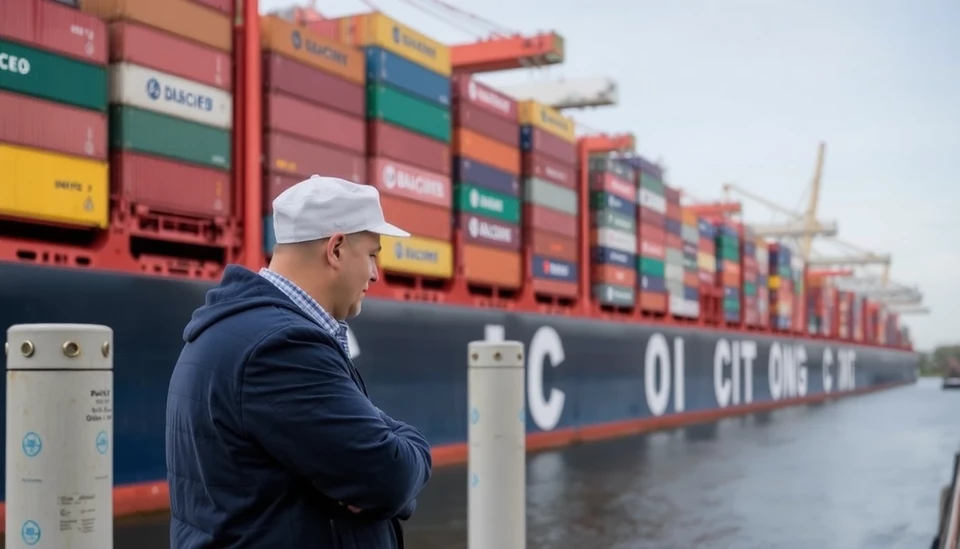
The Port of Hamburg, a crucial gateway for international trade, is witnessing an upsurge in activity as global supply chains demonstrate signs of recovery. Recent reports indicate that container handling at the bustling German port has increased significantly, showing resilience against the backdrop of ongoing international shipping challenges.
In the past year, several factors have contributed to the revitalization of cargo movements through Hamburg. These include improved shipping schedules, resolutions of congestion issues that had plagued many ports worldwide, and an overall uptick in demand for goods amidst a slowly stabilizing global economy. The port's strategic location along major shipping routes has also played a vital role in its recovery.
Market analysts suggest that the surge in port activity is indicative of broader trends shaping the German and European economy. As the port processes a rising volume of containers, stakeholders are optimistic about the implications for both local and international markets. The resilience shown by the Port of Hamburg not only underscores the efficiency of its operations but also highlights the importance of adapting to evolving supply chain dynamics in a post-pandemic world.
Furthermore, the Hamburg Port Authority has been actively working on initiatives to enhance infrastructure and service offerings, aimed at accommodating increasing cargo traffic. Their forward-looking strategies include investments in digital technologies and sustainability measures, which may further bolster the port's competitiveness in the crowded maritime landscape.
Industry experts are closely monitoring these developments, recognizing that the Port of Hamburg could set the tone for other ports grappling with similar supply chain pressures. As companies adjust their logistics and operational strategies to navigate changing consumer demands, the Hamburg port remains a vital player in the European logistics network.
In response to this growing activity, logistical firms and shipping companies are reiterating their commitment to the port, signaling a confidence that can support further expansion and operational efficiency. The sustained effort to ensure smooth operations is essential, given the ongoing uncertainties in the global supply chain.
As we look ahead, the future of the Port of Hamburg appears promising. Should the current trends continue, it could catalyze an even stronger recovery in the maritime transport sector, which many stakeholders are keen to see. However, as economic situations can change rapidly, continued vigilance and adaptability will be crucial to navigate the future landscape of global trade.
In conclusion, the Port of Hamburg serves as a testament to the resilience of maritime operations and the evolving nature of global supply chains. With the right investments and a responsive strategy, it may very well emerge as a leader in the industry as it faces ongoing challenges head-on.
#PortOfHamburg #GlobalSupplyChain #MaritimeTrade #LogisticsRecovery #HamburgPort #EconomicTrends #SupplyChainResilience
Author: Daniel Foster




